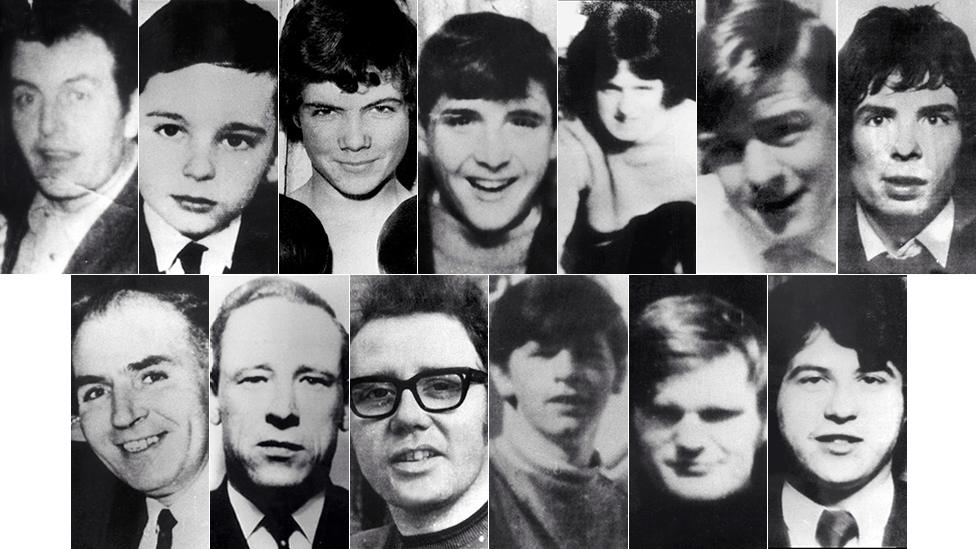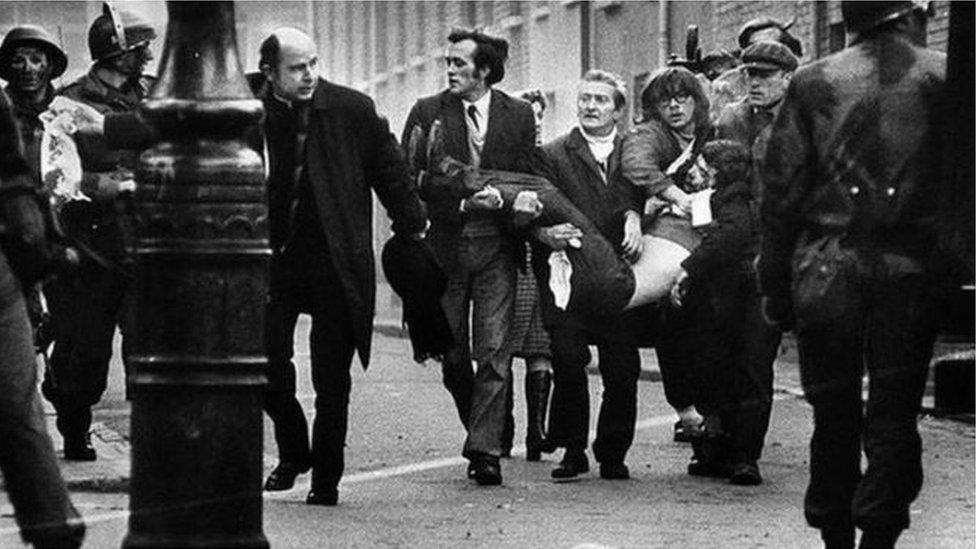Troubles cases: The victims and those accused of their deaths
- Published

Soldiers on the ground in Derry in January 1972
The prosecution of two former soldiers for Troubles murders, including two on Bloody Sunday, are to be halted.
The case against Soldier F for the murder of James Wray and William McKinney on Bloody Sunday in Londonderry in 1972 will not proceed, Northern Ireland's Public Prosecution Service (PPS) said.
The prosecution of another veteran, Soldier B, for the murder of 15-year-old Daniel Hegarty in Derry later in 1972, will also not proceed, the PPS said.
BBC News NI looks at what we know about those killed and the men investigated for their deaths.
James Wray
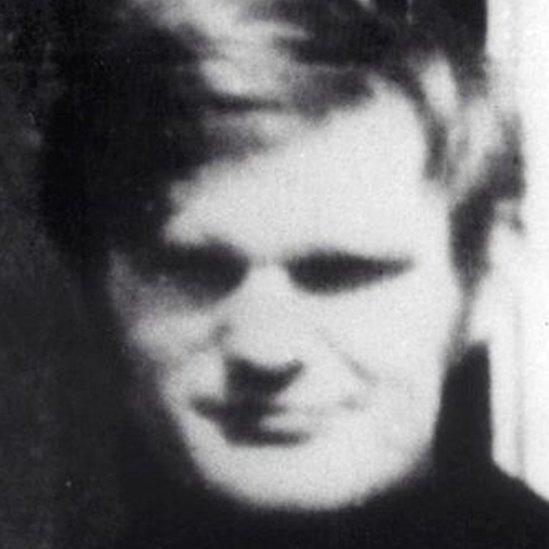
Aged 22, James Wray was described by friends as outgoing and worked in a city bar and dancehall at weekends.
He had worked in England for some time and was engaged to an English girl.
On Sunday, 30 January 1972, along with his entire family, he attended a civil rights march in his home city of Derry.
Mr Wray's death, like that of fellow demonstrators Gerard McKinney and William McKinney, happened during the chaos as people ran for cover.
An initial investigation headed by Lord Widgery shortly after the shootings, and which many dismissed as a whitewash, said there was no photographic evidence of what had happened to Mr Wray, but he had been in the general vicinity of where soldiers claimed that civilians had opened fired.
The Saville Report into the events of Bloody Sunday, published in 2010, said Mr Wray, who posed no great danger, was shot twice in the back and there were four soldiers who could have fired at him - soldiers E, F, G or H.
The second shot was probably fired as he lay wounded, said Saville, meaning there could have been "no possible justification".
In 2019, the PPS said there was enough evidence to prosecute Soldier F for his murder, and for that of William McKinney.
On Friday it was announced the former soldier will now not face trial.
William McKinney

A keen amateur photographer, William McKinney, who worked as a printer at the Derry Journal newspaper, had set out to film the Bloody Sunday march on a camera he had received as a Christmas present.
"Willie was not a stone-thrower, a bomber or a gunman. He had gone to the civil rights march in the role of amateur photographer," said the newspaper's tribute to him.
The 27-year-old was the oldest of 10 and was engaged to be married.
The Widgery Report put William McKinney's death in the same category as another of the day's victims, Gerald McKinney (no relation) - both men had been shot without justification. Up to five more people were injured by the same group of soldiers.
Lord Saville said there were four soldiers - E, F, G or H - who could have fired at Mr McKinney and another victim, Jim Wray.
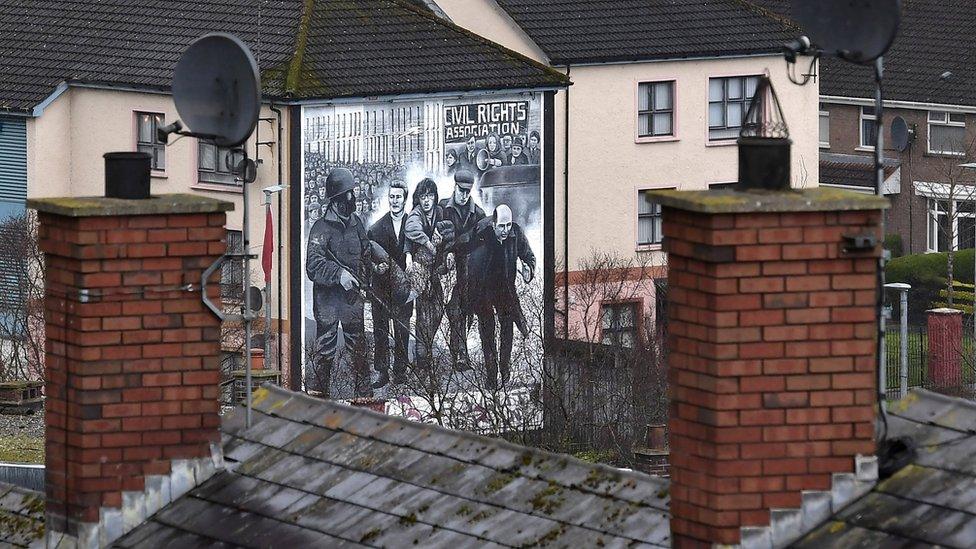
The Bloody Sunday mural in the Rossville Street area of Londonderry where soldiers opened fire on civil rights marchers
Soldier F
Soldier F gave evidence anonymously to the Saville Inquiry in 2003 and admitted firing 13 rounds on Bloody Sunday.
His assertion that there were "gunmen and bombers killed" was rejected in Lord Saville's report.
The Saville Inquiry stated that there was "no doubt" Soldier F had shot father-of-six Paddy Doherty, who was unarmed.
Lord Saville also found there was "no doubt" Soldier F had shot an unarmed Bernard McGuigan on Bloody Sunday as he went to the aid of Patrick Doherty, waving a white handkerchief.
At the Saville Inquiry, Soldier F admitted he had shot 17-year-old Michael Kelly - but he said that he had only fired at people with bombs or weapons.
However, Lord Saville concluded Mr Kelly was unarmed.
The Saville Inquiry found that both William McKinney and James Wray could have been shot by Soldier F and three other soldiers.
The inquiry report also stated Soldier F had changed his story over the years.
Following the PPS decision in March 2019, the veteran had been facing prosecution for the murders of James Wray and William McKinney and a further five charges of attempted murder in relation to Bloody Sunday.
Pre-trial proceedings against Soldier F had commenced prior to Friday's decision that he will no longer face trial.
Daniel Hegarty
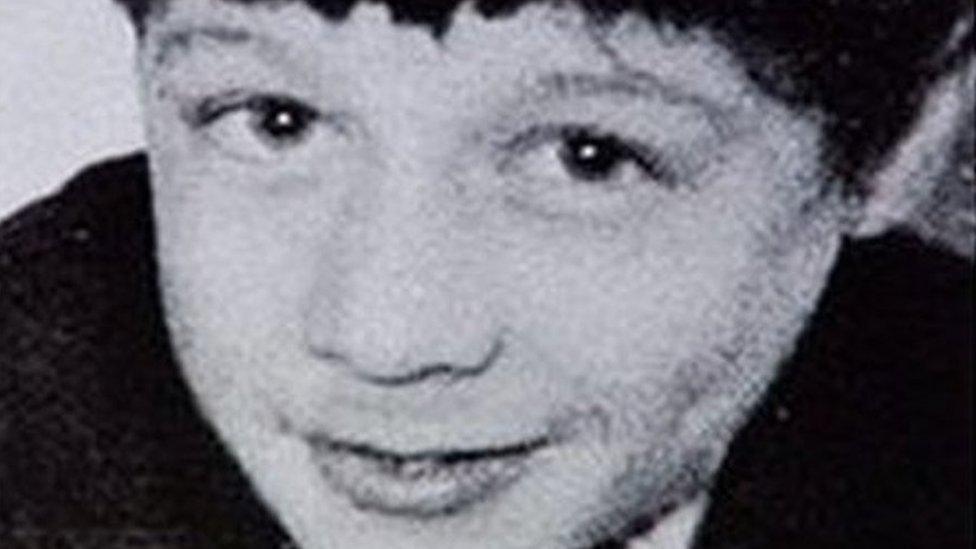
Daniel Hegarty, 15, was shot dead by a soldier during Operation Motorman in 1972
Fifteen-year-old Daniel, who was a labourer, was shot twice in the head during an Army operation in the Creggan area of Derry on 31 July 1972.
It was during Operation Motorman, the name given to a military operation by the Army to reclaim "no-go areas" set up by republican paramilitaries in towns across Northern Ireland, then the largest British military operation since the Suez Crisis of 1956.
Daniel's cousin Christopher Hegarty, then aged 17, was wounded in the same incident.
In 2011, an inquest jury unanimously found Daniel posed no risk and had been shot without warning.
At that inquest, Christopher said that he, Daniel and his brother, Thomas Hegarty, walked past an armed soldier in a doorway in Creggan Heights in the early hours of Operation Motorman.
He said the soldier did not shout at them and none of the three were carrying anything.
Mr Hegarty said that when they were about 12 yards away, the soldier opened fire.
Daniel's sister Margaret Brady told the inquest how her mother continued to set a place for him at the table and call him for dinner for months after his death.
The jury rejected claims that warnings had been shouted to the two teenagers before they were shot.
An initial inquest was held in 1973 and recorded an open verdict. A second inquest was ordered by the Attorney General in 2009 following an examination by the Historical Enquiries Team.
In 2007, the British government apologised to the Hegarty family after describing Daniel as a terrorist.
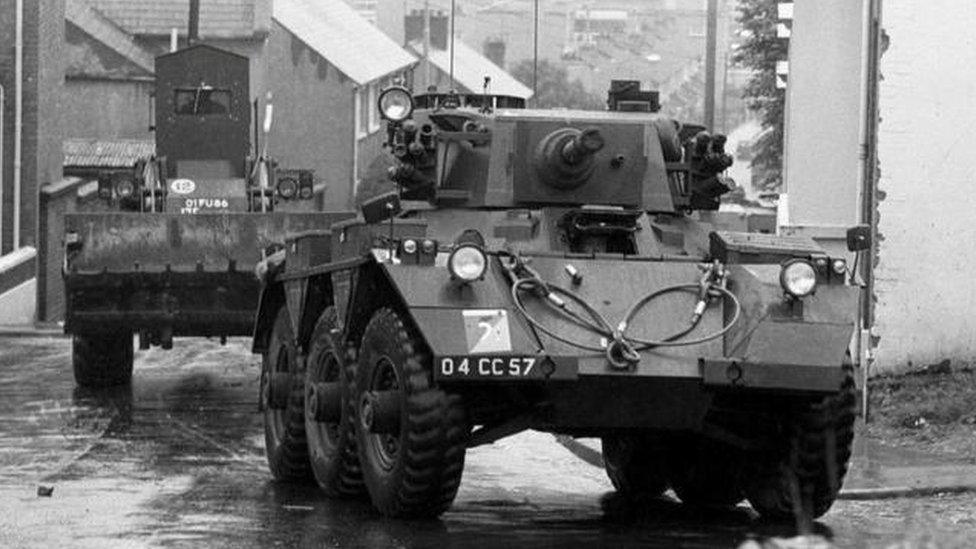
Operation Motorman was then the largest British military operation since the Suez Crisis of 1956
Soldier B
A decision was taken not to prosecute Soldier B in 2016.
But, in May 2018, the High Court quashed that determination following legal action by the Hegarty family.
In April 2019, the PPS announced that the military veteran, referred to as Soldier B, was to be charged with the murder of Daniel Hegarty.
He was further accused of intentionally wounding Daniel's cousin Christopher Hegarty.
Last year the former soldier lost a legal challenge against being prosecuted for the murder.
The Soldier B case had not yet progressed to court. He also now will no longer face trial.
Related topics
- Published2 July 2021
